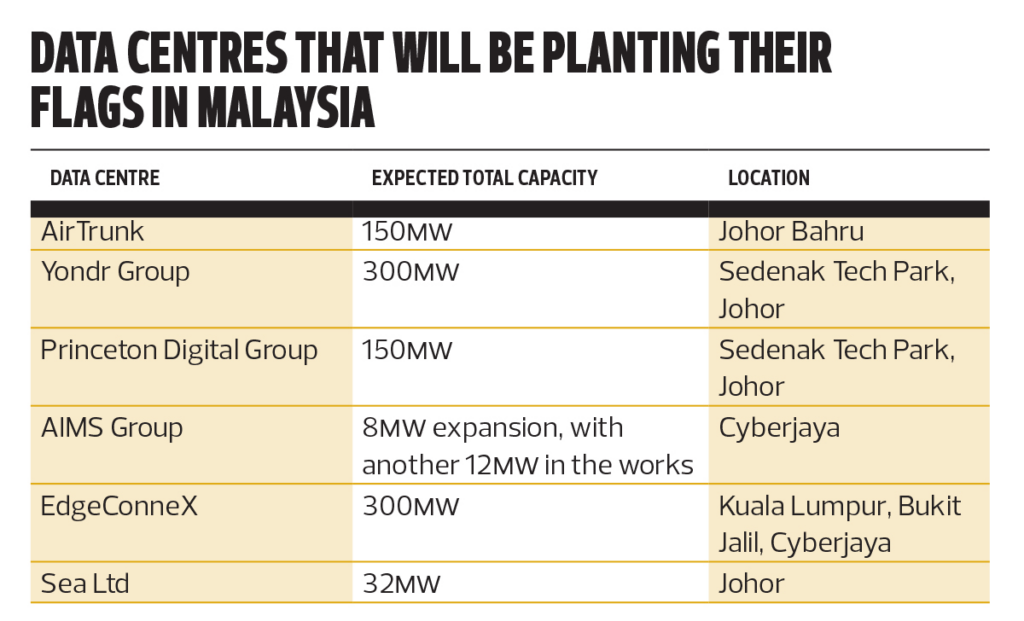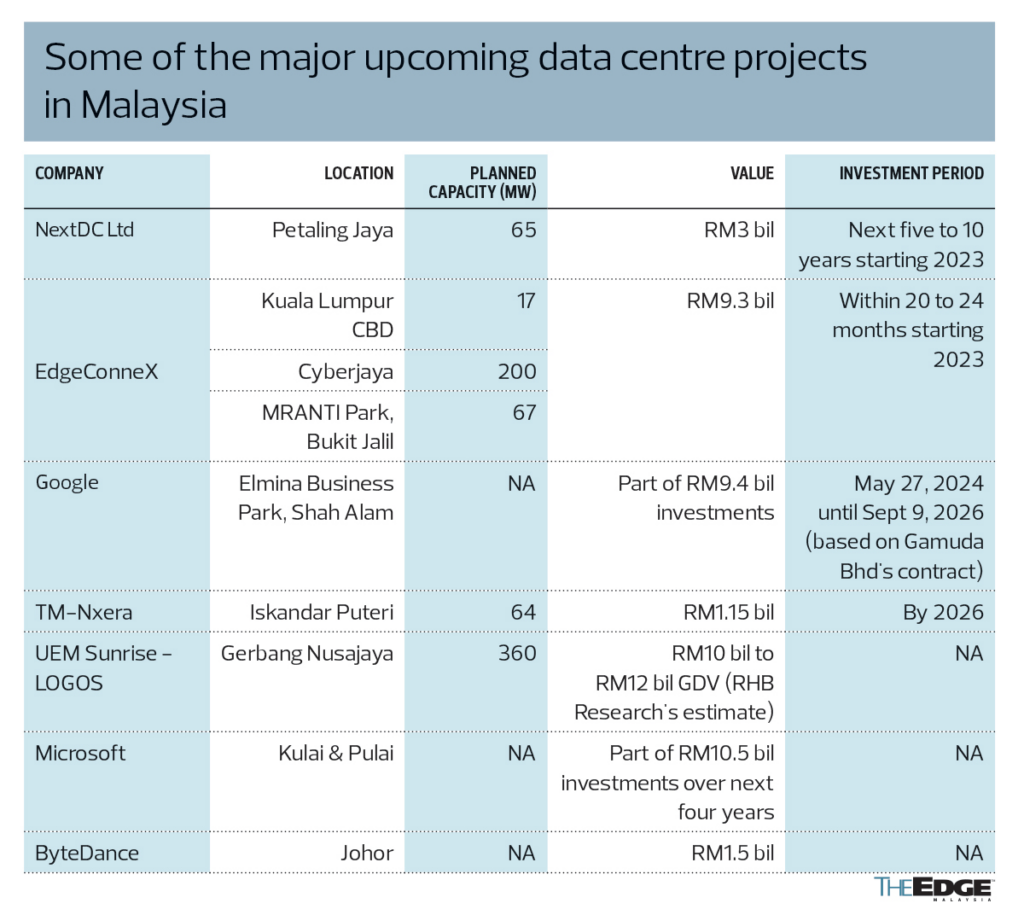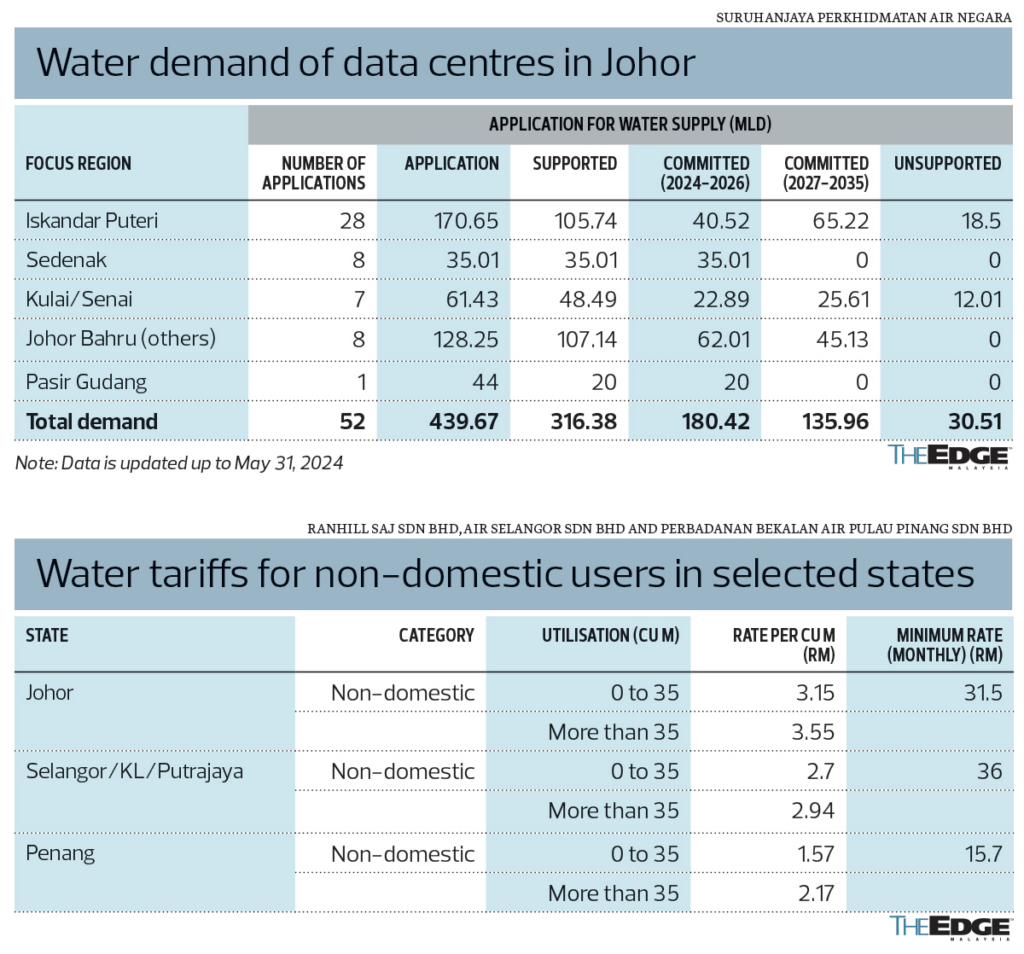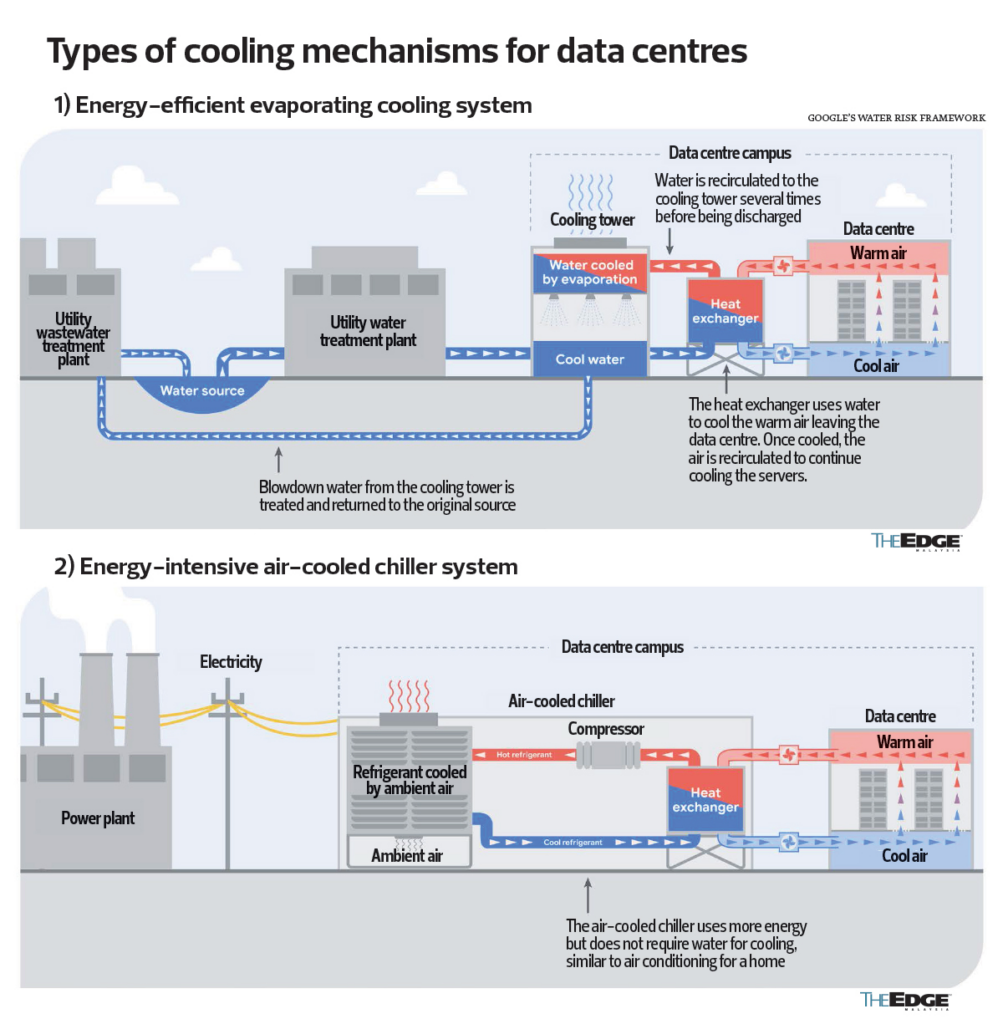There are a lot of opportunities for Australia and Sarawak to collaborate in, including the energy sector, said Australian High Commissioner to Malaysia Danielle Heinecke.
She said Australia is involved in many of the eight energy sectors Sarawak has been focusing on such as renewable energy, hydrogen, energy efficiency, green mobility, synthetic fuels, bioenergy, oil and gas, and carbon capture, utilisation and storage (CCUS).
“We have really good expertise in batteries and solar, wind and hydro, and we are starting to do a lot more in hydrogen and ethanol.
“Basically, in all of these areas, whether it’s foreign direct investments or whether through sharing technology, there are lots of collaboration opportunities for Australia and Sarawak,” she told The Borneo Post in a special interview here today.
She said there are also manufacturing opportunities particularly through the just-announced Future Made in Australia campaign which targets the green sector and critical minerals.
“We see that there’s opportunities for more manufacturing supply chains from that campaign into the region.
“For example, green metals is something that Australia is looking at producing more of. It will take time and won’t happen tomorrow, but we’re putting a lot of investments into that.
“Malaysia has an opportunity where there’s manufacturing capability to turn those products into green products so there’s definitely a lot in that space,” she added.
On current investments between Australia and Sarawak, Heinecke said at the moment, the country has around AUD1.87 billion trade with the state.
“That’s mostly in the aluminium ores concentrate and in education, namely through Swinburne University of Technology Sarawak Campus (Swinburne Sarawak) and Curtin University Malaysia that have set up campuses in Kuching and Miri respectively.
“We have around 4,000 students at Swinburne Sarawak and Curtin, and we are aiming to grow to 5,000 students within five years,” she said.
She also said that Australia is aiming to bring New Colombo Plan students to Sarawak, not only to Kuala Lumpur.
“We want to do more so Australian students can intern in Malaysian companies and that’s an important part of the New Colombo Plan and it really connects our future generations.
“That’s what we see as really important not just to our people-to-people but also business links into the future,” she pointed out.
According to the Australian government’s Department of Foreign Affairs and Trade, the New Colombo Plan is a signature initiative of the government which aims to uplift knowledge of the Indo-Pacific in Australia by supporting Australian undergraduates to undertake study, language training and internships in the region.
The New Colombo Plan involves a scholarship programme for study of up to one year, language training and internships or mentorships, as well as a flexible mobility programme for both short and longer-term study, language study, internships, practicums and research.
Heinecke is in Kuching on a two-day official visit starting Tuesday to learn more about opportunities for Australian companies to invest in renewable energy in Sarawak.
Source: Borneo Post
Energy sector among many opportunities for Australia-S’wak collab, says High Commissioner
Content Type:
Duration:






